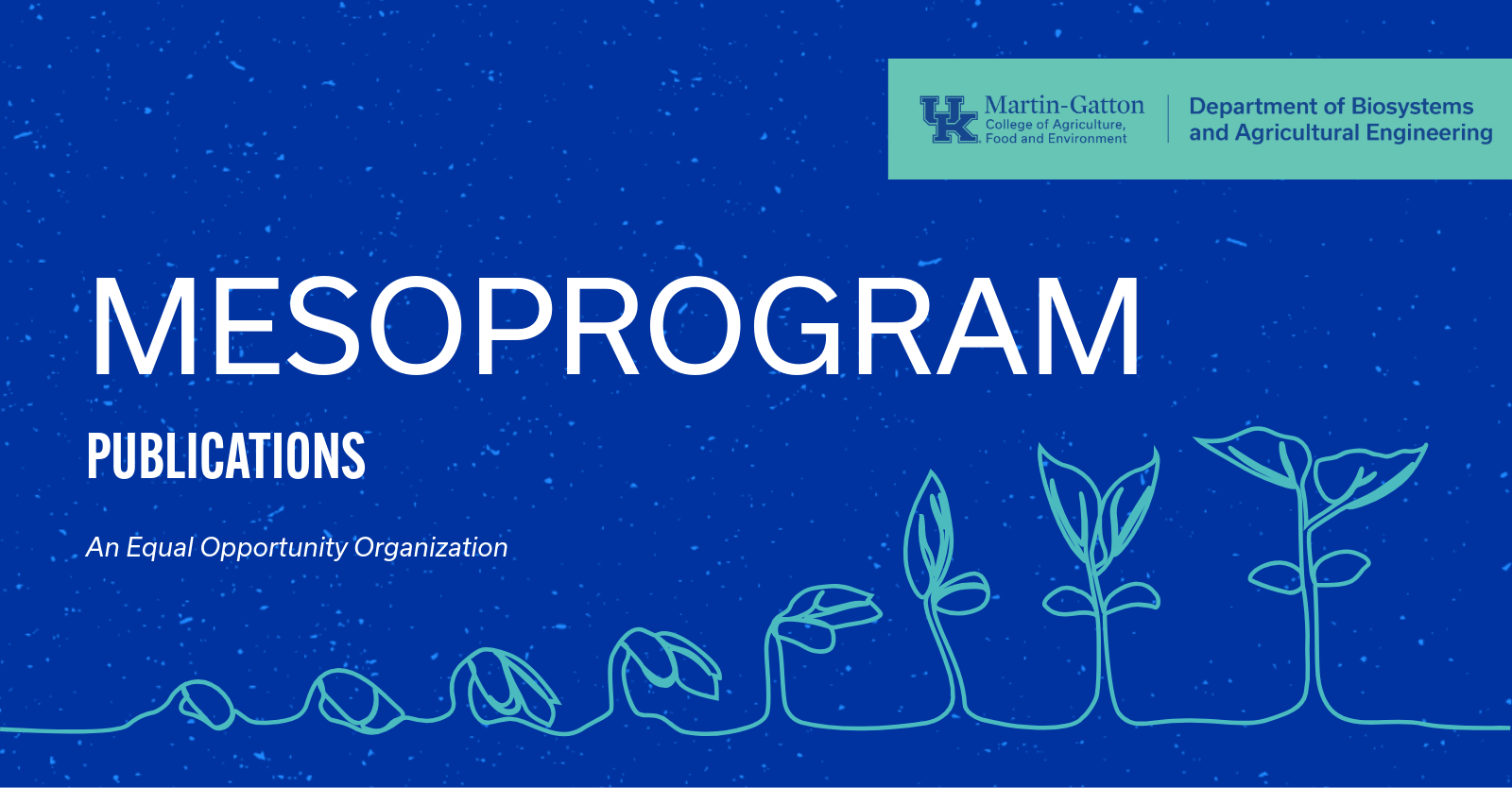Review on fate and ecological implications of antibiotics in aquatic agricultural environments
Review on fate and ecological implications of antibiotics in aquatic agricultural environments
Published on June 1, 2025

Abstract
This review summarizes recent reports related to fate and transport of antibiotics, degradation pathways in agricultural environments, and human and environmental health and ecotoxicity concerns related to environmental exposures. Studies utilizing wide-ranging designs to monitor or simulate agroecosystems exposed to antibiotics were reviewed to better understand the impacts of antibiotic compounds in various environmental matrices (soil, water, and plant biomass). Based on these recent reports, antibiotic compounds enter and persist in agricultural environments in environmentally relevant amounts. These biologically active compounds have the potential to impact natural biological populations, namely microbial populations that facilitate ecosystem services and plant systems that have the capacity to uptake antibiotic compounds into plant tissue (roots, stems, leaves, etc.). Studies focusing on plant storage of antibiotics consistently noted storage is observed to be preferential to below-ground/-surface storage (roots) rather than in above-ground/-surface (stems, shoots, leaves, and seeds).
Authors
Matthew V Russell, Tiffany L Messer, Daniel D Snow, Shannon Bartelt-Hunt
